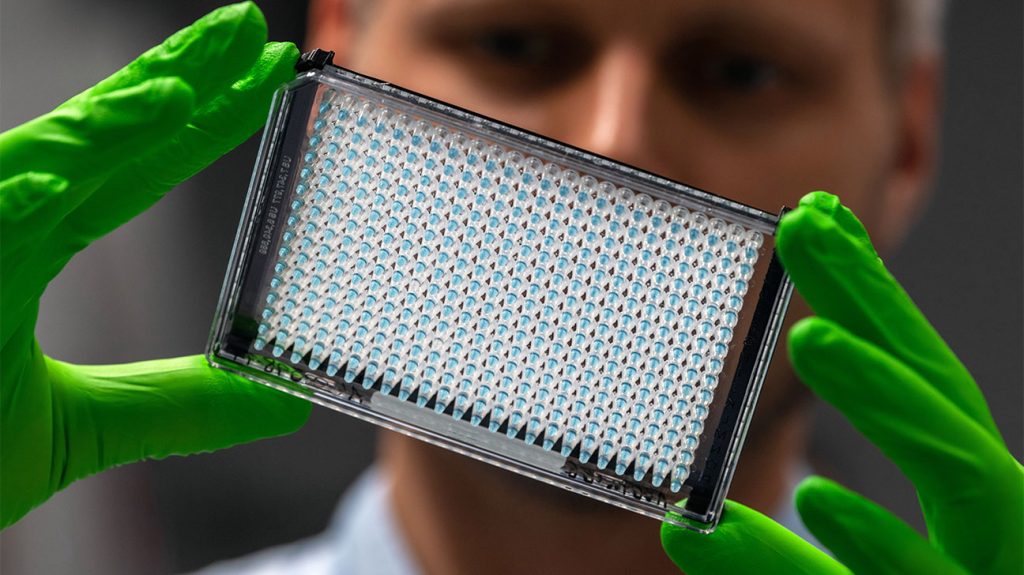Regenerative Medicine: From theory to practice
The idea of finding an element with regenerative and healing action, to cure the damaged tissues of the human body is quite old in the history of Medicine. This idea led to the emergence of Regenerative Medicine as a new field of medical science aimed at treating tissue destruction, due to disease and aging.
To achieve this purpose, Regenerative Medicine has chosen as its research base the stem cells; the cells that guide tissue regeneration and have the advantage of not shrinking with age. Stem cell therapy is the most advanced form of Regenerative Medicine. It has opened new avenues in the treatment of musculoskeletal system diseases and is preparing to do the same for spinal cord injuries, and old age, while applying in all branches of Medicine.
Short History
The debate over tissue repair using human or even animal cells began in America, in 1961. Very quickly this use focused on cells from the animal placenta, undifferentiated stem cells, which could differentiate into diseased tissues. Subsequently, these cells began to be used in Swiss clinics as part of an experimental effort, but the treatment did not find the appropriate substrate to become a formal medical treatment, accepted by the whole spectrum.
In this context, several distinguished scientists had proceeded to take and inject animal cells into the blood, with the aim of either healing their diseased or damaged organs or removing aging. After several years of improvement and applications, the next step was to obtain such cells from humans. Which cells were the ones that met the specifications, i.e. unlimited ability to multiply and differentiate? The placental and umbilical cord cells.
The need to avoid allergic reactions and infections led to the use of cells of the sufferer himself, as undifferentiated as possible. These cells are called “mesenchymal stem cells”; cells that differentially produce tissues such as bones, skin, blood, blood vessels, etc.
How do stem cells work in the body?
Stem cells act in three specific ways, which are clarified as the application of the treatment expands and evolves.
1) They are transformed into cells of the tissue into which they are injected.
2) They secrete cytokines, substances that have growth and anti-inflammatory properties.
3) They block the destructive action of macrophages. Macrophages are cells that “destroy” other cells, resulting in accelerated aging.
‘
The combination of these three methods causes the “growth-anabolic effect”, which is the goal of stem cell therapy.
How stem cells are obtained?
The download process is simple, painless, and without complications. The shot is taken from the pelvic crest, the femur, or the upper tibia. A small incision is made in the bone, with local anesthesia and, through a special trocar that enters at a depth of 5 mm, up to 70 ccs of blood are sucked, depending on the purpose.
This blood is then centrifuged and we get the bone marrow concentrate we need. The concentrate is injected through a very fine needle into the target area of the treatment, immediately afterward, under X-ray control and without anesthesia. It should be noted that, as studies show, the effectiveness of the simultaneous intra-articular and intraosseous infusion is greater after both 6 and 12 months, compared to intra-articular administration.
Complications, microbial infections, allergic reactions do not exist as the patient’s cells are used. After the end of the infusion, the patient is mobilized immediately and leaves the Hospital on the same day. In case of possible tenderness or pain at the injection site, we simply give analgesics and not anti-inflammatory medicine.
Why do we prefer stem cells from the bone marrow and not stem cells from the blood (PRP Therapy)
The main reason is that Platelet Rich Plasma (PRP) is very poor in stem cells. In contrast, the suspension obtained from the bone marrow (usually the pelvic acropolis) is very rich in stem cells.
Even if you feel floxed by a chronic health problem, neurological, musculoskeletal, or any other disease, the applications of Regenerative Medicine are here and promise you solutions. Nothing can function as a panacea, nevertheless, the future is foretold auspicious.
